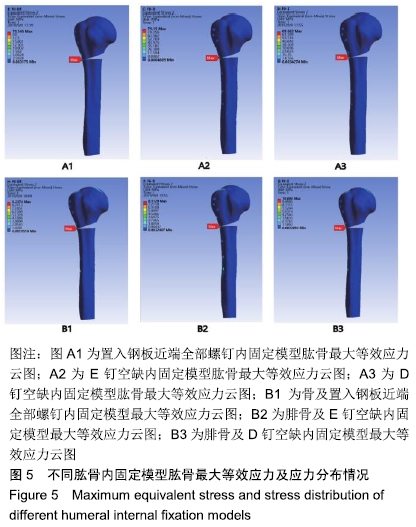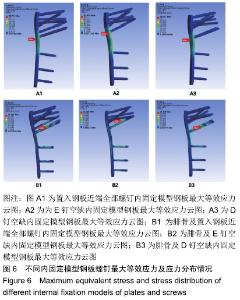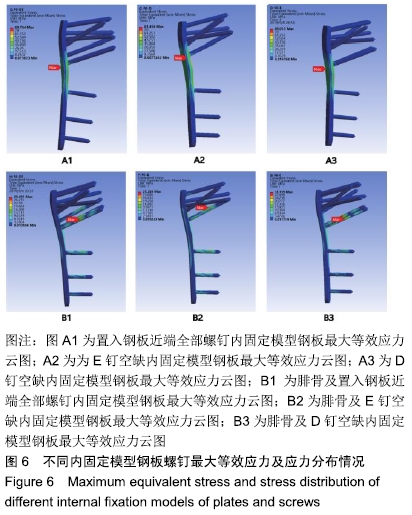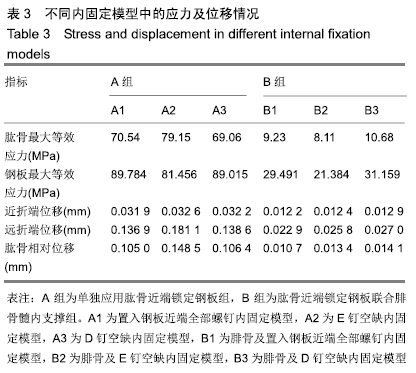[1] SABESAN VJ, LOMBARDO D, PETERSEN-FITTS G, et al. National trends in proximal humerus fracture treatment patterns. Aging Clin Exp Res. 2017;29(6):1277-1283.
[2] MURRAY IR, AMIN AK, WHITE TO, et al. Proximal humeral fractures: current concepts in classification, treatment and outcomes. J Bone Joint Surg Br.2011;93(1):1-11.
[3] COURT-BROWN CM, GARG A, MCQUEEN MM. The epidemiology of proximal humeral fractures. Acta Orthop Scand. 2001;72(4):365-371.
[4] AARON D, SHATSKY J, PAREDES JC, et al. Proximal humeral fractures: internal fixation. J Bone Joint Surg Am. 2012;94(24):2280-2288.
[5] SUMREIN BO, HUTTUNEN TT, LAUNONEN AP, et al. Proximal humeral fractures in Sweden-a registry-based study. Osteoporos Int. 2017;28(3):901-907.
[6] AKSU N, GOGUS A, KARA AN, et al. Complications encountered in proximal humerus fractures treated with locking plate fixation. Acta Orthop Traumatol Turc. 2010; 44(2):89-96.
[7] KONRAD G, BAYER J, HEPP P, et al. Open reduction and internal fixation of proximal humeral fractures with use of the locking proximal humerus plate. Surgical technique. J Bone Joint Surg Am. 2010;92 Suppl 1 Pt 1:85-95.
[8] GREGORY TM, VANDENBUSSCHE E, AUGEREAU B. Surgical treatment of three and four-part proximal humeral fractures. Orthop Traumatol Surg Res. 2013;99(1 Suppl): S197-S207.
[9] GARDNER MJ, BORAIAH S, HELFET DL, et al. Indirect medial reduction and strut support of proximal humerus fractures using an endosteal implant. J Orthop Trauma. 2008;22(3):195-200.
[10] CHOW RM, BEGUM F, BEAUPRE LA, et al. Proximal humeral fracture fixation: locking plate construct +/- intramedullary fibular allograft. J Shoulder Elbow Surg. 2012;21(7):894-901.
[11] CHEN H, JI X, ZHANG Q, et al. Clinical outcomes of allograft with locking compression plates for elderly four-part proximal humerus fractures. J Orthop Surg Res. 2015;10:114.
[12] ALIUDDIN AM, IDREES Z, RAHIM NM, et al. Functional Outcome Of Proximal Humeral Fractures Treated With Philos Plate In Adults. J Ayub Med Coll Abbottabad.2016;28(2): 337-340.
[13] OPPEBOEN S, WIKEROY A, FUGLESANG H, et al. Calcar screws and adequate reduction reduced the risk of fixation failure in proximal humeral fractures treated with a locking plate: 190 patients followed for a mean of 3 years. J Orthop Surg Res. 2018;13(1):197.
[14] 贾龙,王天兵,周靖,等. PHILOS接骨板治疗肱骨近端骨折时结构螺钉的使用分析[J].北京大学学报(医学版),2015,47(2): 269-271.
[15] SANDERS BS, BULLINGTON AB, MCGILLIVARY GR, et al. Biomechanical evaluation of locked plating in proximal humeral fractures. J Shoulder Elbow Surg. 2007;16(2): 229-234.
[16] 杨桂姣,高雨仁,王玉海,等.肱骨胫骨骨髓腔的应用解剖[J].解剖学杂志,1992,15(1):3-6.
[17] 张布和,王小平.腓骨的研究[J].解剖学研究,2001,23(4): 284-285.
[18] KANNUS P, PALVANEN M, NIEMI S, et al. Rate of proximal humeral fractures in older Finnish women between 1970 and 2007.Bone.2009;44(4):656-659.
[19] LIANG D, YE LQ, JIANG XB, et al. Biomechanical effects of cement distribution in the fractured area on osteoporotic vertebral compression fractures: a three-dimensional finite element analysis. J Surg Res. 2015;195(1):246-256.
[20] 马晓东,吴斗,任鹏宇,等.数字化技术在肱骨近端骨折的应用[J]. 中华临床医师杂志(电子版),2017,11(3):466-470.
[21] 王满宜.骨折治疗的AO原则[M].2版.上海:上海科学技术出版社, 2017.
[22] CRUICKSHANK D, LEFAIVRE KA, JOHAL H, et al. A scoping review of biomechanical testing for proximal humerus fracture implants. BMC Musculoskelet Disord. 2015;16:175.
[23] 章伟.新型肱骨近端锁定钢板的三维有限元模型建立及生物力学研究[D].苏州:苏州大学,2014.
[24] 何仿,李苏皖,林昊,等. 间接暴力所致肱骨骨折机制的三维有限元模拟[J].中国矫形外科杂志,2008,16(8):613-616.
[25] 孙涛,张英泽,马信龙,等. 2010年至2011年京津唐地区成人肱骨近端骨折的流行病学调查与分析[J].中华创伤骨科杂志,2015, 17(7):599-603.
[26] CHEN X, YU ZX, WANG HY, et al. Proximal humeral internal locking plate combined with a custom neutral-position shoulder and elbow sling for proximal humerus fractures: A randomized study. Medicine (Baltimore). 2019;98(17): e15271.
[27] ZHANG W, ZENG L, LIU Y, et al. The mechanical benefit of medial support screws in locking plating of proximal humerus fractures. PLoS One. 2014;9(8):e103297.
[28] 李仁斌,陈建海.肱骨距的研究进展[J].中华肩肘外科电子杂志, 2014,2(2):118-120.
[29] ROBINSON CM, AMIN AK, GODLEY KC, et al. Modern perspectives of open reduction and plate fixation of proximal humerus fractures. J Orthop Trauma. 2011;25(10):618-629.
[30] PADEGIMAS EM, ZMISTOWSKI B, LAWRENCE C, et al. Defining optimal calcar screw positioning in proximal humerus fracture fixation. J Shoulder Elbow Surg. 2017;26(11): 1931-1937.
[31] HYMES RA, LEVINE MJ, SCHULMAN JE, et al. Mechanisms of failure of locked-plate fixation of the proximal humerus: acoustic emissions as a novel assessment modality. J Orthop Trauma. 2013;27(7):392-398.
[32] 任磊,孙永青,郝敬东,等.肱骨距支撑螺钉在肱骨近端Neer Ⅲ、Ⅳ型骨折中的应用分析[J].北京医学,2017,39(2):157-159.
[33] 周建华,王跃.有限元分析在骨科中的应用及研究进展[J]. 实用医院临床杂志,2018,15(1):205-208.
|





